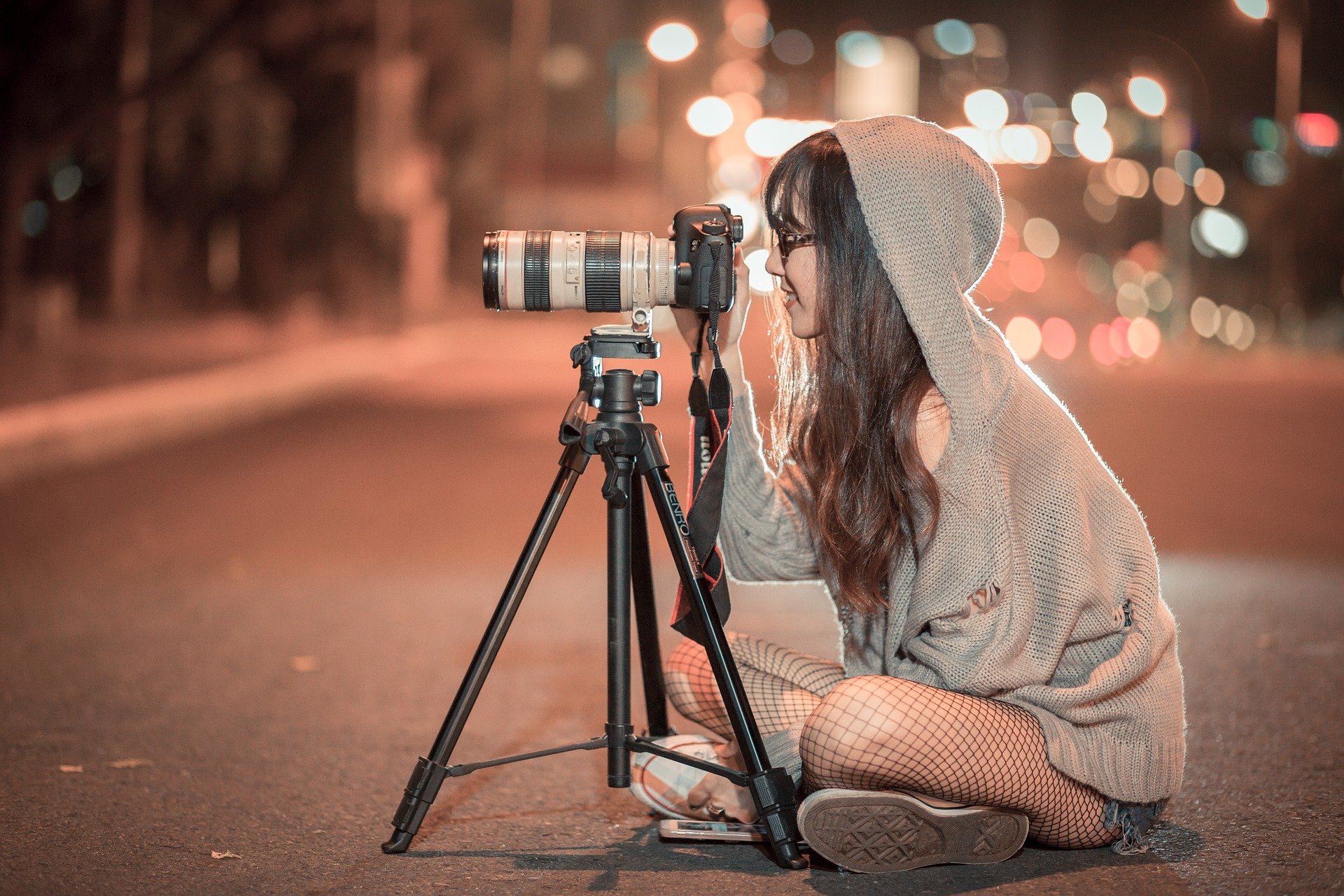Photography is not just about capturing moments; it is an art form that allows us to tell stories through visual imagery. One of the key elements in creating compelling photographs is understanding and applying the basic rules of composition. In this article, we will delve into the secrets of basic photography composition rules, exploring how they can elevate your photography to new heights.
- Rule of Thirds:
The rule of thirds is perhaps the most well-known and fundamental principle of composition. Imagine dividing your frame into a 3x3 grid, both horizontally and vertically. The points where the lines intersect are known as the "power points." By placing your subject along these lines or at the power points, you can create a more balanced and visually appealing composition. - Leading Lines:
Leading lines are a powerful tool for guiding the viewer's eye through the photograph. They can be actual lines, such as roads, rivers, or fences, or implied lines created by the arrangement of objects. By incorporating leading lines into your composition, you can create a sense of depth and draw attention to your subject. - Framing:
Framing involves using elements within the scene to create a frame around your subject. This can be achieved by utilizing natural elements like trees or archways, or even man-made structures. By framing your subject, you add depth and context to the photograph, enhancing its visual impact. - Symmetry and Balance:
Symmetry and balance play a crucial role in composition. Symmetrical compositions create a sense of harmony and order, while asymmetrical compositions can evoke a feeling of tension or dynamism. Experiment with both to see which best suits your subject and the story you want to convey. - Rule of Odds:
The rule of odds suggests that an odd number of subjects in a photograph is more visually appealing than an even number. This principle adds a sense of imbalance and intrigue to the composition, making it more engaging for the viewer. - Negative Space:
Negative space refers to the empty areas surrounding the main subject. By incorporating negative space, you can create a sense of simplicity, minimalism, and focus on the subject itself. This technique can be particularly effective in portrait photography or when emphasizing a specific object. - Depth and Layering:
Creating a sense of depth in your photographs can make them more immersive and captivating. Incorporate elements in the foreground, middle ground, and background to add layers and dimension to your composition. This technique can be especially impactful in landscape photography.
Conclusion:
Mastering the art of visual storytelling through photography requires a deep understanding of composition rules. By applying the basic principles discussed in this article, such as the rule of thirds, leading lines, framing, symmetry, and balance, you can elevate your photography to new heights. Remember to experiment, break the rules when necessary, and let your creativity guide you in capturing captivating and meaningful images.







+ There are no comments
Add yours